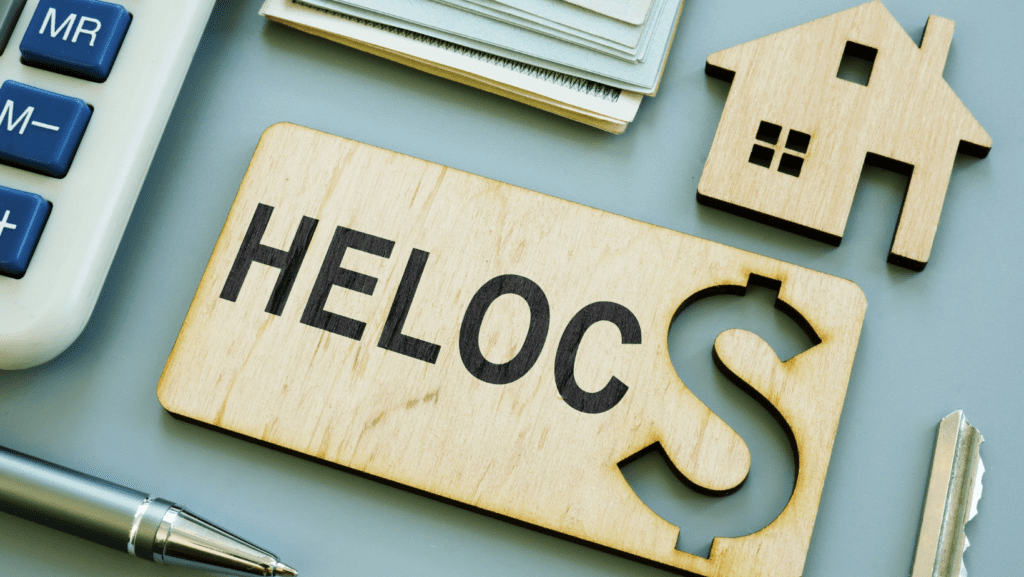Introduction: How to Fund Your Business Acquisition the Smart Way
Buying a business is one of the fastest ways to achieve financial independence, skip the startup struggle, and start generating cash flow immediately. But one of the biggest hurdles? Funding the purchase.
Most aspiring business owners believe they need hundreds of thousands of dollars in personal savings to buy a business—but that’s simply not true. With the right financing strategy, you can acquire a business with little to no money out of pocket.
This guide will walk you through the most effective funding sources for buying a business, including seller financing, SBA loans, HELOCs, ROBS, private investors, and more.
By the end, you’ll have a clear roadmap to finance your acquisition and the exact steps to take next.
1. Seller Financing – Use the Seller’s Money
💰 What It Is: The seller allows you to pay part of the purchase price over time, typically 10-50% of the total deal.
✅ Why It’s the Best Option:
✔️ Easier approval than bank loans
✔️ Lower interest rates (usually 5-8%)
✔️ Shows seller confidence in the business
❌ Drawbacks:
⛔ Sellers may hesitate without trust
⛔ Typically requires 10-30% down payment
🔥 How to Secure Seller Financing:
1️⃣ Express Interest Early – Ask, “Would you be open to financing part of the deal?”
2️⃣ Show Proof of Funds – Demonstrate that you can afford the down payment
3️⃣ Negotiate Favorable Terms – Offer a slightly higher price for better financing terms
💡 Pro Tip: Some deals allow 100% seller financing—especially if the seller is eager to exit.
2. SBA 7(a) Loans – Best for U.S. Buyers
🏦 What It Is: A government-backed loan covering up to 90% of the purchase price, with low interest & long repayment terms.
✅ Why It Works:
✔️ Low down payment (typically 10%)
✔️ Long repayment terms (10-25 years)
✔️ Lower interest rates (6-9%)
❌ Challenges:
⛔ Requires strong financials (business must be profitable)
⛔ Lengthy approval process (45-90 days)
🔥 How to Get an SBA Loan:
1️⃣ Find an SBA-preferred lender (banks that process these loans regularly)
2️⃣ Have a business plan and financials ready
3️⃣ Ask if the business qualifies for 100% SBA financing
💡 Pro Tip: Combine SBA loans with seller financing to reduce your out-of-pocket costs.
3. HELOC (Home Equity Line of Credit) – Use Your Home’s Value
🏠 What It Is: A line of credit against your home equity to fund a business purchase.
✅ Why It Works:
✔️ Lower interest rates (4-8%) than business loans
✔️ Flexible borrowing – use only what you need
❌ Risks:
⛔ Your home is collateral—if the business fails, you still owe the debt
⛔ Requires enough home equity to qualify
🔥 How to Use a HELOC for Business Funding:
1️⃣ Contact your mortgage lender for HELOC options
2️⃣ Show a business acquisition plan to justify the loan
💡 Pro Tip: Use HELOC funds for the down payment, then finance the rest with an SBA loan or seller financing.
4. ROBS (Rollover for Business Startups) – Use Your 401(k) Tax-Free
📈 What It Is: A way to use retirement funds (401k/IRA) to buy a business without penalties.
✅ Why It Works:
✔️ No debt, no interest, no credit score needed
✔️ Immediate access to funding
❌ Challenges:
⛔ Requires setup through a ROBS specialist
⛔ Your retirement is at risk if the business fails
🔥 How to Use ROBS for Business Purchases:
1️⃣ Work with an expert like Guidant Financial or Benetrends
2️⃣ Get a free consultation to determine eligibility
💡 Pro Tip: Use ROBS for the down payment, then finance the remaining amount with a loan.
5. Private Investors & Equity Partners – Bring in a Co-Buyer
🤝 What It Is: Find an investor willing to fund part of the deal in exchange for equity.
✅ Why It Works:
✔️ Eliminates personal financial risk
✔️ No monthly loan payments
❌ Challenges:
⛔ Lose ownership percentage
⛔ Hard to find investors for deals under $1M
🔥 How to Find Private Investors:
1️⃣ Pitch it as a high-ROI investment
2️⃣ Offer equity or profit-sharing, NOT control
3️⃣ Use LinkedIn, investor groups, or business networks to find partners
💡 Pro Tip: Structure a buyout clause so you can regain full ownership later.
6. Revenue-Based Financing – Pay as You Earn
📊 What It Is: A lender gives you money upfront, and you repay them as a percentage of revenue (not fixed payments).
✅ Why It Works:
✔️ No personal collateral needed
✔️ Repayments adjust based on business income
❌ Challenges:
⛔ Higher total repayment cost
⛔ Best for businesses with high-margin monthly sales
🔥 How to Qualify for Revenue-Based Financing:
1️⃣ Look for lenders like Clearco, Lighter Capital, or Capchase
2️⃣ Show consistent sales growth
💡 Pro Tip: Best for businesses with steady, predictable revenue.
How to Combine Funding Sources for Maximum Leverage
The best deals use multiple funding sources to reduce risk and maximize financing power.
Example: Buying a $500K Business
✔️ Seller Financing: 20% ($100K) – Paid over 5 years
✔️ SBA Loan: 70% ($350K) – Low-interest, long-term
✔️ Cash/HELOC/ROBS: 10% ($50K) – Your upfront investment
💡 Your Out-of-Pocket Cost: Just 10% Down!
Next Steps: Take Action on Your Business Purchase
Buying a business is possible—even if you don’t have all the money upfront.
📌 Here’s what to do next:
✅ Choose 2-3 funding sources that fit your situation
✅ Reach out to an SBA lender, HELOC provider, or ROBS expert
✅ Start seller financing conversations with business owners
🔥 Final Thought: The best business buyers don’t wait until they have all the money—they use smart financing strategies to acquire businesses with minimal upfront investment.
💡 Need Help?
📥 Grab Free Business Buying Resources at EJBowen.com!












